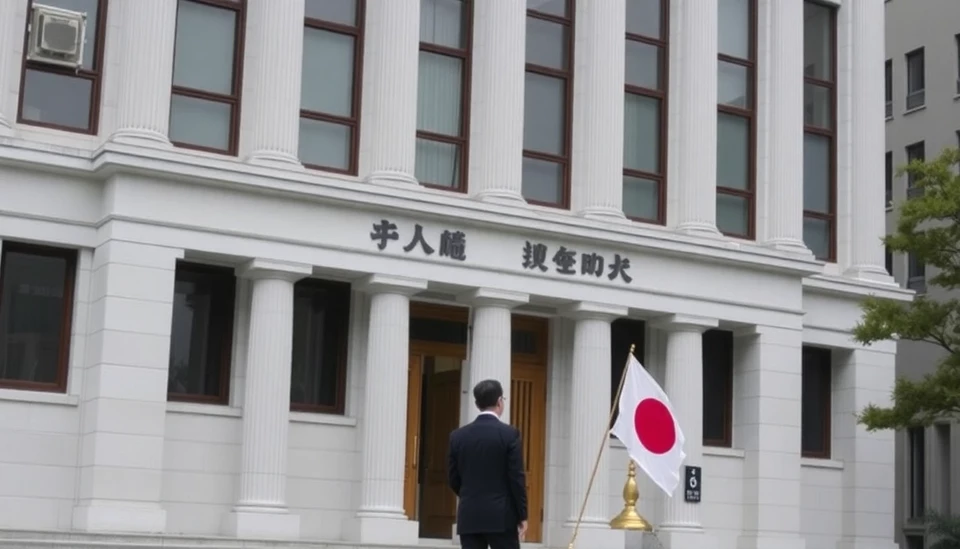
The Bank of Japan (BOJ) is taking significant steps towards reducing its extensive bond-buying program, a move expected to have profound implications on the financial landscape of the nation and its appeal to foreign investors. As the central bank retreats from its traditionally aggressive monetary easing policy, officials in Japan are ramping up efforts to draw in foreign capital that has, over the years, been hesitant to invest in local markets due to concerns surrounding yield and currency stability.
This policy shift comes in the wake of increasing pressures both domestically and internationally. With growing inflationary trends and a recovering economy, the BOJ has signaled its intent to carefully taper its asset purchases, which have long been a cornerstone of its approach to stimulate economic growth and combat deflation. Investors are now closely monitoring these developments, as the BOJ's new strategy could redefine the dynamics of Japan’s bond market and open avenues for foreign investments.
In an effort to capitalize on this renewed interest, Japanese financial authorities are highlighting the potential for higher returns in equity and real estate markets as fixed-income yields remain low. There is a concerted push to promote Japan as an attractive destination for investment in the face of shifting global economic conditions. By easing the bond-buying stance, the BOJ aims not only to normalize monetary policy but also to reassure foreign investors about the potential for a more stable return on their investments.
Financial analysts predict a ripple effect throughout various sectors of the Japanese economy. As the BOJ's bond-buying reduces, there could be a shift in capital allocation towards high-yield bonds and equities. This transition is likely to alter the risk profile of Japanese assets, potentially making them more appealing to international investors seeking solid returns in an ever-competitive global market.
However, the BOJ must tread carefully on its path toward policy normalization. The central bank faces the dual challenge of fostering growth while combating inflation and avoiding deflationary traps, which could undo years of economic recovery efforts. Many are watching to see how the market will react to these policy changes, particularly in relation to the Japanese yen and its performance on the global stage as the BOJ recalibrates its approach.
The BOJ's current strategy highlights a delicate balancing act; while the goal is to maintain investor confidence, there is also the risk of causing dislocations in the market should foreign investment fail to materialize as anticipated. Continued monitoring of international economic trends and domestic market responses will be crucial as Japan enters this new chapter of economic policy.
As the Bank of Japan embarks on this transformative journey, the ramifications are expected to be felt not just within Japan, but around the globe as investors adjust their strategies in response to the changing landscape. The overarching theme remains clear: a more foreign-investor-friendly Japan could lead to a renaissance of capital inflows that boosts the economy and elevates Japan’s standing in the global financial community.
In conclusion, the Japanese financial environment is poised for change, and with the BOJ’s strategic withdrawal from its extensive bond-buying practices, the door has opened wider for foreign investors. The dual focus on attracting foreign capital while ensuring economic stability will be pivotal as Japan navigates its path forward in an increasingly interconnected world.
#BankOfJapan #BOJ #BondMarket #ForeignInvestment #JapanEconomy #MonetaryPolicy
Author: Rachel Greene




